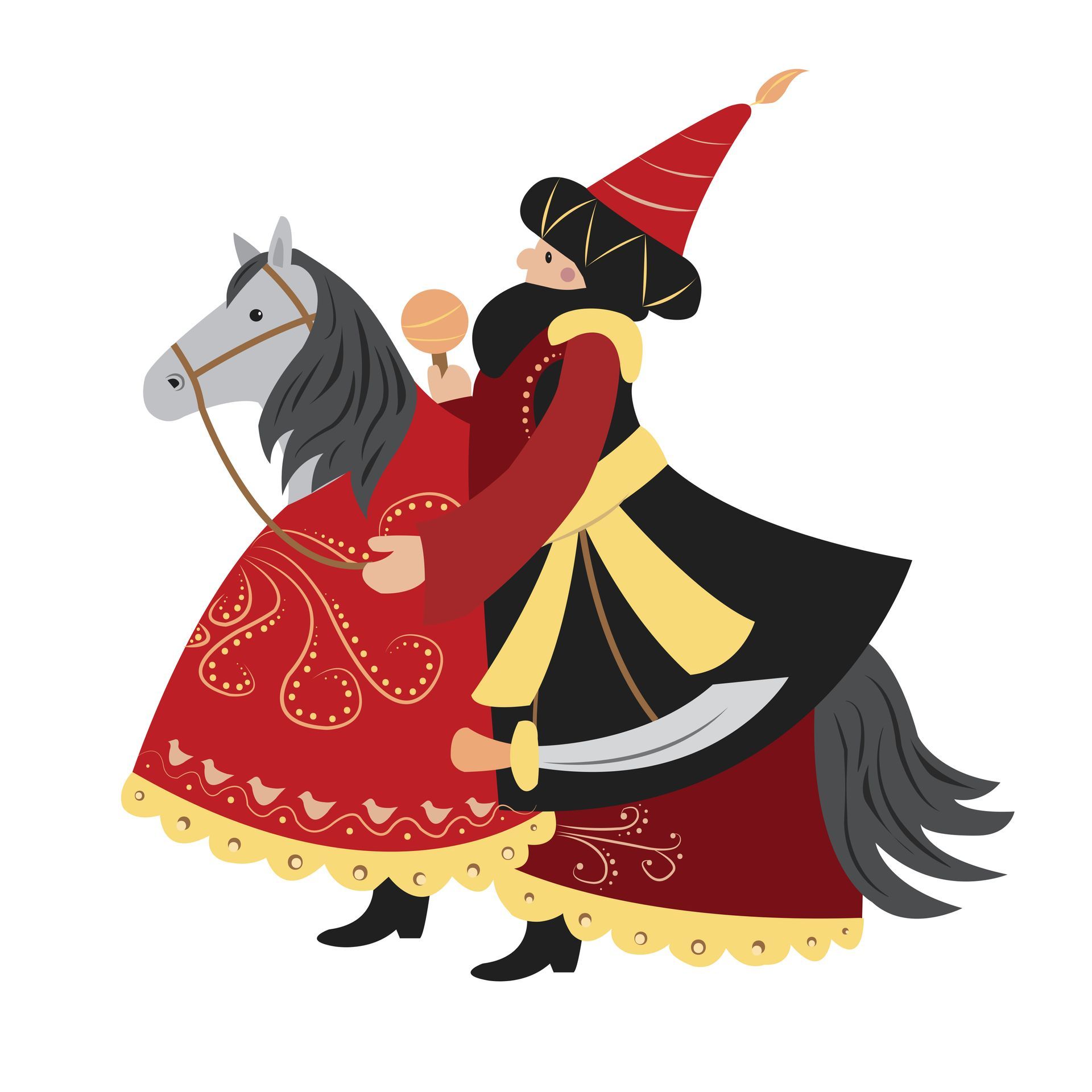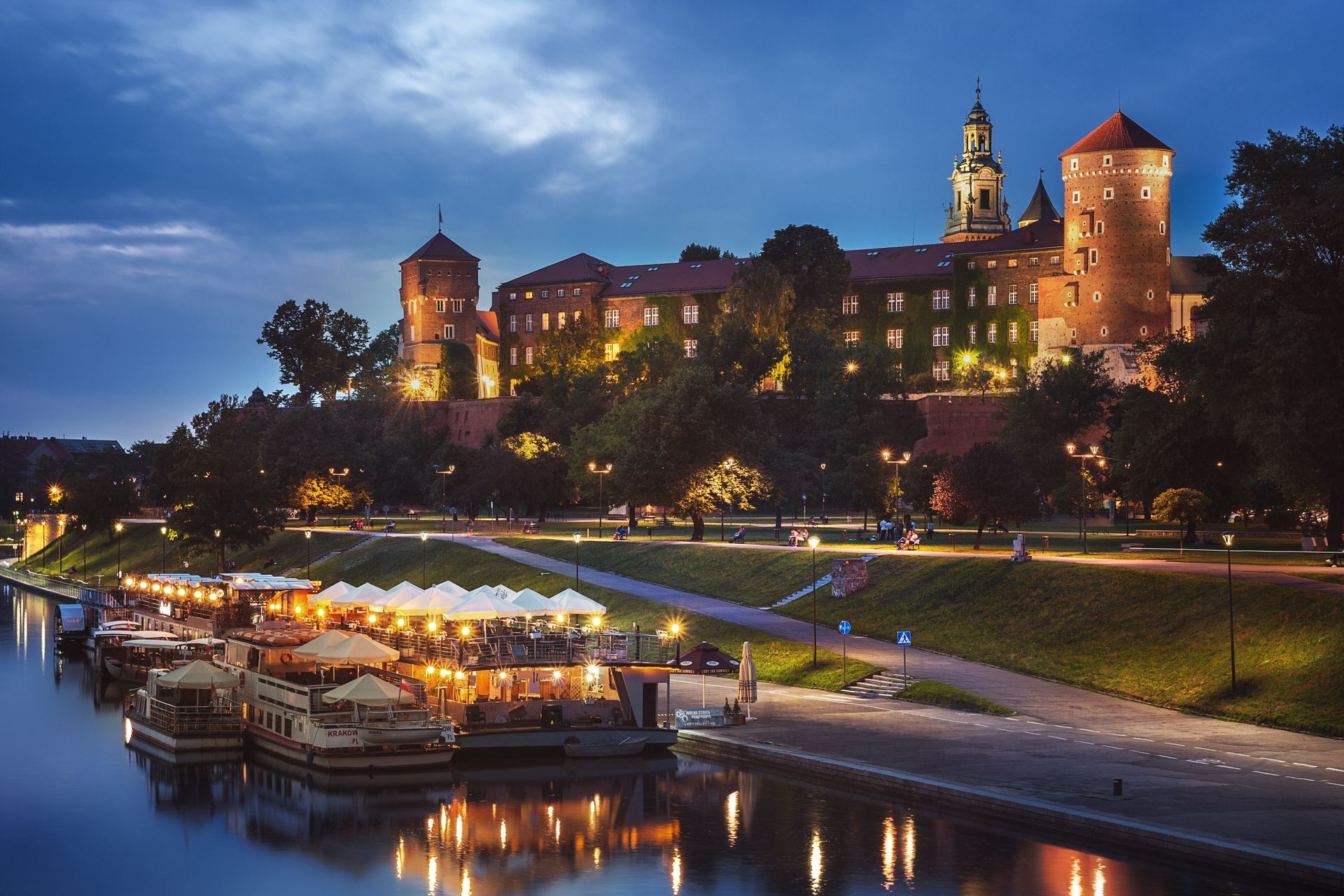Fat Thursday, let's talk about doughnuts!
Have you ever heard of Poland’s tradition called Fat Thursday? If not, let us introduce you to the history behind it and the overall concept of this ‘tasty’ tradition. Let’s dive in!

Fat Thursday (‘ tłusty czwartek’ in Polish) is celebrated the Thursday before Ash Wednesday and it symbolizes the beginning of Lent. It is well known that during this day, it is a must to eat at least one doughnut (‘pączek’ in Polish).
Statistically, every Pole eats two and a half doughnuts!
Doughnuts are made out of fried dough with a delicious and sweet filling inside. Usually it is a rose jam or a plum preserve. They are topped with either powdered sugar, icing or glaze, depending on one’s likings. Eating doughnuts is supposed to bring happiness and luck.
The origin of Fat Thursday and the tradition of eating ‘pączki’ is derived from paganism. During this day, people celebrated the beginning of spring, eating fatty foods, especially meat and drinking wine. Instead of sweet marmalade, back then ’pączki’ were filled with lard, meat or cabbage. With time, the tradition evolved to what we know today and our image of doughnuts,
as a sweet type of pastry.
In Lesser Poland, in Krakow, the explanation behind the tradition takes on a bit of a different approach. The genesis of Fat Thursday can be found in a story about an event called Comber Day. The name comes from the surname of the 17th-century mayor of Krakow, Comber. The storytellers described him as cruel and harsh, especially to the female street vendors.
He supposedly died during Fat Thursday, and that is why on each anniversary of his death people celebrate by dancing and throwing great parties. During which women made men dance with them and sometimes even made them take off their clothes as a form of punishment for how they were treated by the evil mayor, Comber.
We hope you'll love doughnuts as much as we do!
Magnetic Tours











